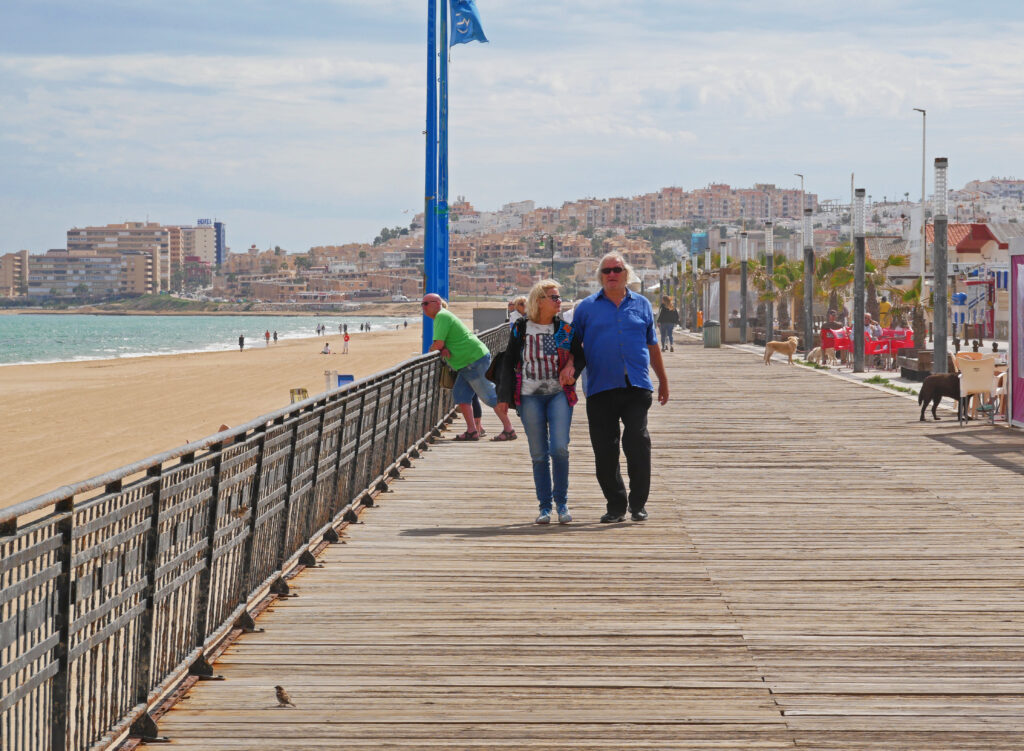Exploring the Beauty and Significance of Blue Flagged Beaches
When planning a beach vacation, discerning travelers often seek more than just sun, sand, and surf; they desire an environment that promises safety, sustainability, and quality. This is where Blue Flagged beaches come into play, offering a guarantee of superior standards in various essential aspects. But what does it mean to be a Blue Flagged beach? Let’s dive into the details, including the criteria that need to be fulfilled and the history behind this prestigious eco-label.

**What is a Blue Flagged Beach?**
A Blue Flagged beach is one that has been awarded the Blue Flag certification by the Foundation for Environmental Education (FEE), a non-governmental organization headquartered in Denmark. The Blue Flag is an internationally recognized eco-label awarded to beaches, marinas, and sustainable boating tourism operators that meet strict environmental, educational, safety, and accessibility criteria.

**Criteria for Blue Flag Certification**
Achieving Blue Flag status is no small feat. Beaches must meet a comprehensive set of criteria, which are categorized into four main areas:
1. **Environmental Education and Information**:
– Information about the Blue Flag program must be displayed.
– Environmental education activities must be offered and promoted to beach users.
– Information about the local ecosystem, environmental phenomena, and water quality must be available.
2. **Water Quality**:
– The beach must comply with water quality sampling and frequency requirements.
– The water must meet specific microbiological and physical-chemical parameters.
– There should be no industrial or sewage-related discharges affecting the beach.
3. **Environmental Management**:
– The beach must comply with local and national environmental regulations.
– It should be clean, with adequate waste disposal facilities.
– Sensitive natural areas in the vicinity must be managed appropriately.
– Algae or other vegetation should be left to decay on the beach unless it constitutes a nuisance.
4. **Safety and Services**:
– The beach must be accessible to all, including people with disabilities.
– Adequate safety measures, such as lifeguards and first aid equipment, must be in place.
– There should be proper facilities for drinking water and sanitary services.
– The beach should have clear rules and regulations to ensure the safety of its users.

**History of the Blue Flag Program**
The Blue Flag program was launched in France in 1985 by the Foundation for Environmental Education in Europe (FEEE). Initially, it was a domestic initiative aimed at improving the quality of coastal waters and promoting responsible beach management. The idea quickly gained traction, and by 1987, the European Union recognized and adopted the Blue Flag program, extending its reach across Europe.
The international expansion of the program began in 2001 when it was introduced in South Africa. Since then, the Blue Flag has become a global symbol of excellence, with thousands of beaches, marinas, and tourism boats in over 50 countries across Europe, South Africa, Morocco, Tunisia, New Zealand, Brazil, Canada, and the Caribbean being awarded the certification.

**Why Blue Flag Matters**
The Blue Flag certification is more than just an award; it signifies a commitment to upholding high standards that benefit both the environment and the people who use these coastal areas. For tourists, a Blue Flagged beach means a cleaner, safer, and more enjoyable experience. For local communities and governments, it translates to sustainable tourism that can drive economic growth while preserving natural resources.
Moreover, the Blue Flag program fosters environmental awareness and education among both tourists and local populations. By participating in this program, communities are encouraged to protect their coastal environments and engage in sustainable practices, ensuring that these beautiful locations remain pristine for future generations.

**Conclusion**
Blue Flagged beaches offer a promise of quality, safety, and sustainability, making them an ideal choice for eco-conscious travelers. The stringent criteria and rigorous evaluation process ensure that only the best beaches receive this prestigious certification. As we continue to recognize and celebrate these exemplary coastal areas, we contribute to a broader movement towards environmental stewardship and sustainable tourism, ensuring that our world’s natural beauty is preserved for all to enjoy.
Thank you for reading this blog from Destination Costa Blanca!


No responses yet